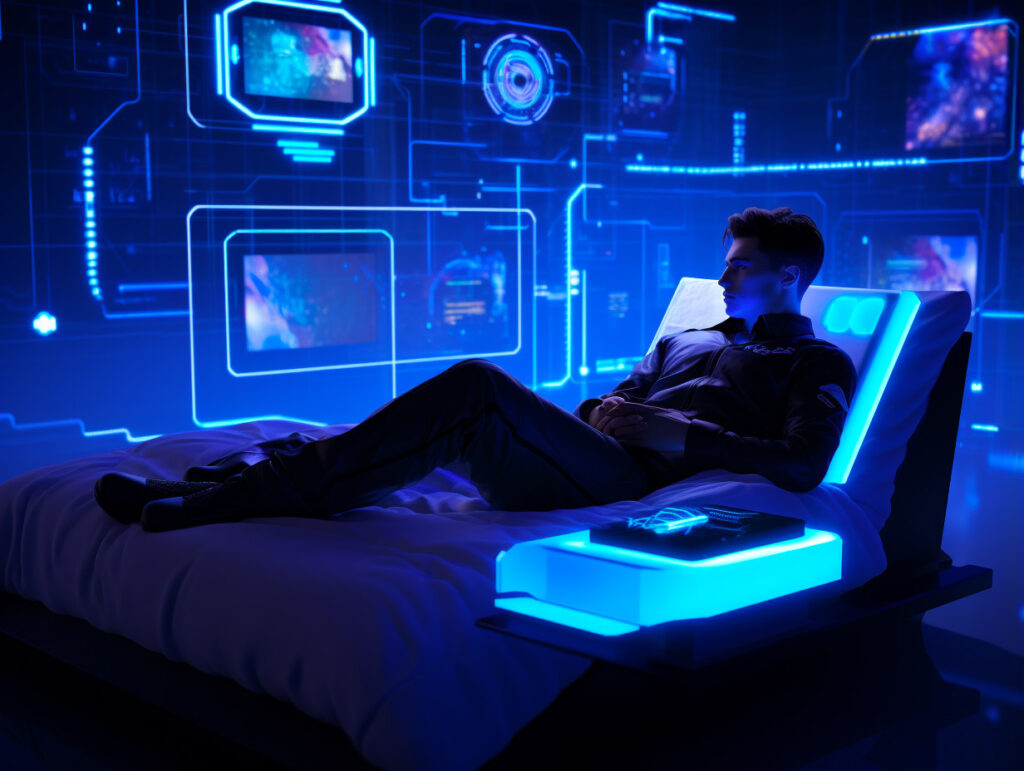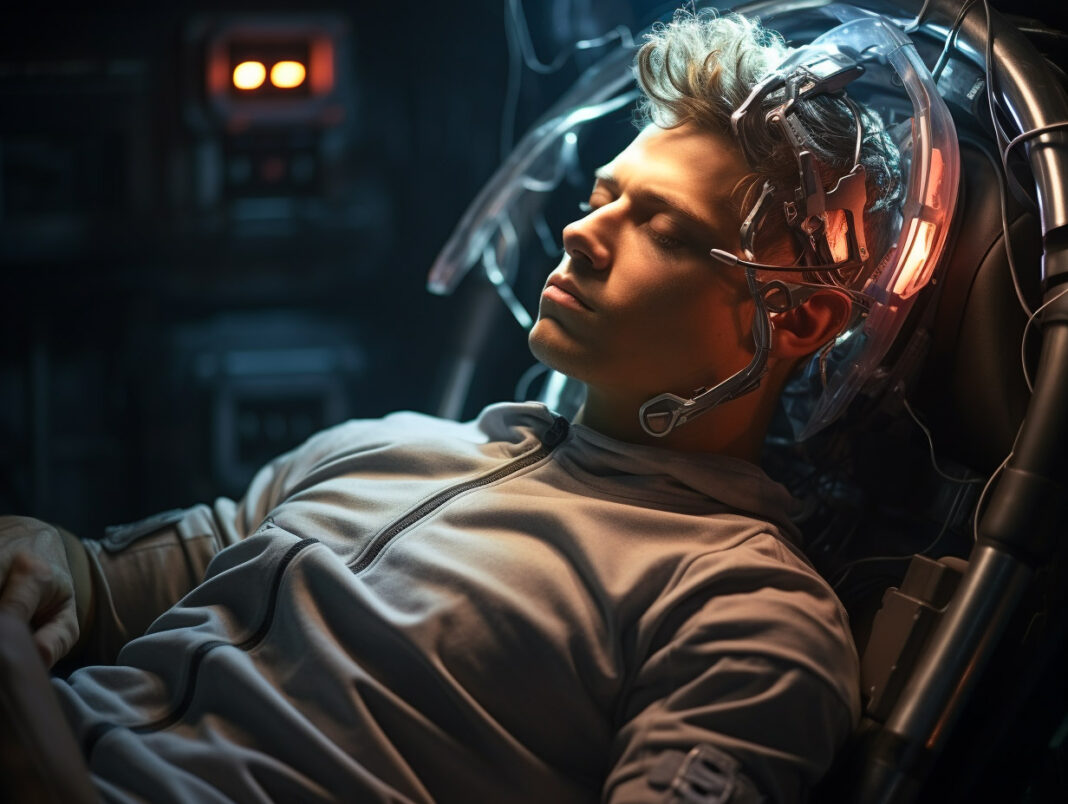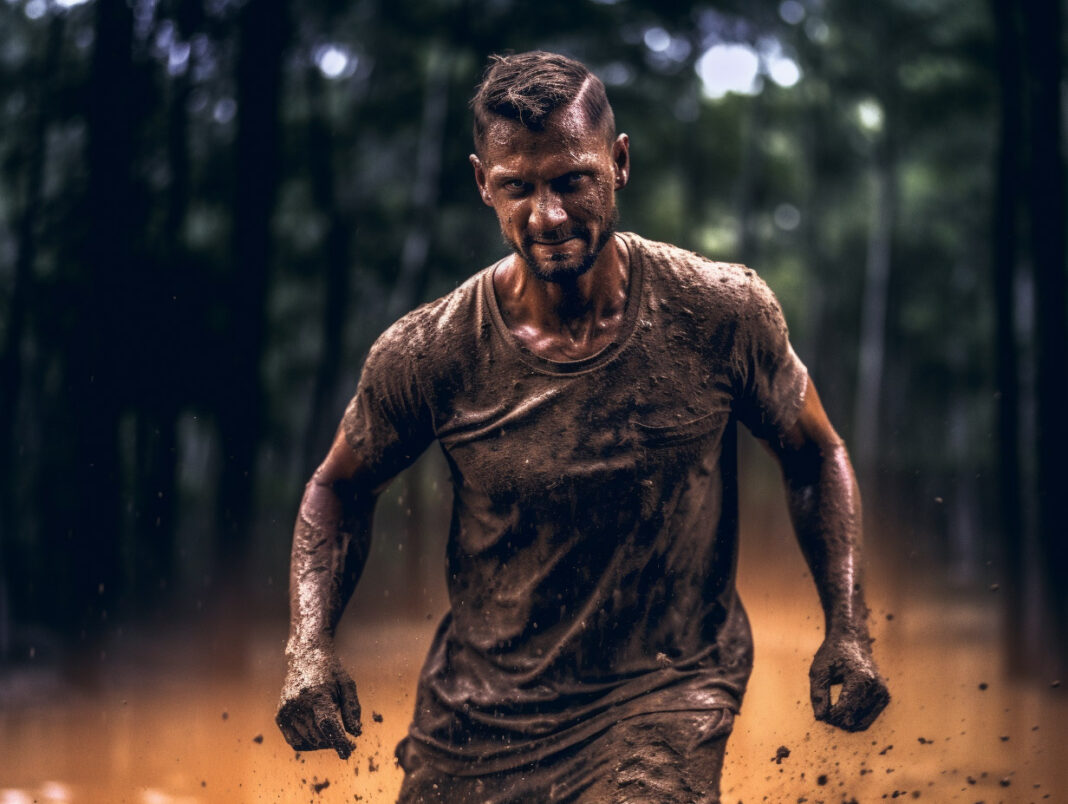• Home biohacking is rising, blending technology with self-improvement.
• Wearable tech monitors health metrics and predicts future needs.
• Nutrition tools include smart scales, nutrient trackers, and testing kits.
• Fitness optimization combines traditional equipment with high-tech recovery tools.
• Brain health emphasizes nootropics, meditation devices, and blue light protection.
• Advanced gear includes light therapy, cold therapy, and community resources for knowledge.
The Rise of the Home Biohacker
Once upon a time, biohacking was a term reserved for Silicon Valley elites and eccentric scientists with too much time on their hands. But now? Joe from next door is casually optimizing his mitochondria before his morning coffee. Welcome to the era of the home biohacker! With the fusion of technology and a growing obsession with self-improvement, our humble abodes are transforming into state-of-the-art labs. And why not? Having a personalized biohacking space means you can tweak, test, and transform without even changing out of your pajamas.
Before you start filling your Amazon cart with every shiny gadget, take a moment. What’s your endgame? Are you looking to sculpt a Greek god physique, boost that big brain of yours, or perhaps find zen in the chaos of modern life? Identifying clear biohacking objectives is the first step. Remember, this isn’t a one-size-fits-all journey. Your neighbor might swear by his infrared sauna, but if you’re aiming for cognitive brilliance, you might be better off investing in nootropics or brain-training apps. Personalization is the name of the game. Your goals, your rules.

Wearable Tech: Your Personal Health Monitors
Gone are the days when watches just told the time. Now, they’re mini personal trainers, sleep consultants, and health gurus wrapped around your wrist. Fitness trackers and smartwatches, like the Fitbit or Apple Watch, monitor everything from your heart rate to how often you stand up from your desk (yes, Kevin, that fourth coffee break counts).
But the world of wearables doesn’t stop there. Want to know if you’re getting enough oxygen during your high-altitude training? There’s a wearable for that. Curious if last night’s spicy taco is raising your body temperature? Yep, there’s a wearable for that too. And the horizon looks even more promising (and slightly sci-fi). Imagine a future where your watch alerts you when you’re dehydrated or when your blood sugar dips. With the rapid advancements in wearable tech, that future might just be a software update away.
Nutrition and Supplementation Station
So, you’ve decided to take the plunge into the world of biohacking nutrition. Bravo! But before you start chugging kale smoothies and popping vitamin D like candy, let’s get techy. Enter the smart scale: not only will it ruthlessly remind you of that extra slice of pizza, but it’ll also break down your body composition, giving you the lowdown on fat percentage, muscle mass, and even hydration levels.
But what about what goes in? Nutrient and food trackers are your new best friends. Apps like MyFitnessPal or Cronometer can help ensure you’re hitting those dietary goals and not overindulging in midnight cheese raids. And for those who really want to dive deep (we’re talking Mariana Trench deep), at-home blood and microbiome testing kits can give insights into everything from food sensitivities to the state of your gut health. Knowledge is power, and in this case, it’s also a slimmer waistline and better digestion.
Fitness and Physical Optimization
If you think your garage is just for storing old Christmas decorations and that bike you swore you’d ride, think again. It’s time to transform it into your personal fitness fortress. Start with the basics: resistance bands for flexibility, free weights for strength, and kettlebells for… well, unleashing your inner Russian strongman.
But if you’ve got a bit more cash to splash and want to make your neighbors green with envy, high-tech equipment is where it’s at. Smart treadmills that adjust to your running style, rowers that simulate real-life water resistance, and resistance training machines that make you question your life choices mid-rep.
And after that grueling workout? Recovery is key. Foam rollers to iron out those knots, percussion massagers that feel oh-so-good, and infrared saunas to sweat out the sins of last weekend’s beer binge.
Brains, it’s not just zombies that are after them. In the world of biohacking, the noggin is prime real estate. To keep it sharp, nootropic and supplement organizers are a must. Whether it’s Omega-3s for brain health or modafinil for focus, consistency is key.
But it’s not all pills and powders. Meditation and neurofeedback devices can help train your brain, improving focus, reducing stress, and maybe even giving you that Zen-like patience when dealing with slow Wi-Fi.
And speaking of screens, ever noticed that after hours of binge-watching, sleep seems elusive? Those pesky blue lights are to blame. Blue light blocking glasses and screen filters are your knights in shining armor, protecting your eyes and ensuring you drift off to dreamland, even after that “one last episode.”

Sleep Sanctuary: Tools for Restful Nights
Remember when a bed was just a bed? Those were simpler times. Now, in the golden age of biohacking, even our mattresses have gone smart. Sleep trackers and smart mattresses are here to spill the beans on your nocturnal habits, from restless tossing to that weird thing you do with your foot.
But tracking is just half the battle. Enter sleep-promoting gadgets: white noise machines to drown out your neighbor’s questionable music choices, weighted blankets that feel like a gentle bear hug, and sleep masks that block out the world (and your partner’s reading light). And let’s not forget about the air you breathe. Air purifiers to fend off allergens, humidifiers for optimal skin hydration, and smart lighting to mimic the sunset, ensuring you drift off in a perfectly optimized environment.
Advanced Biohacking Gear
For those ready to take their biohacking game to the next level, it’s time to go big or go home. Red and infrared light therapy devices promise to rejuvenate your skin and maybe even your soul. If you’re feeling particularly brave (or just miss the sensation of being a human popsicle), cold therapy tools like ice baths and cryotherapy units are all the rage. And for the sore muscles that come with being an ambitious biohacker, electrostimulation and TENS units are your ticket to relief, making that post-workout waddle a thing of the past.
Biohacking is a journey, not a destination. And like any journey, you’ll want a map. Or in this case, a subscription to the latest biohacking journals, podcasts, and online courses. Knowledge is power, and staying updated ensures you’re always at the forefront of self-improvement. And for those moments when you’re pondering whether that new gadget is worth the splurge, biohacking communities and forums are a goldmine of insights, reviews, and the occasional meme about failed experiments.
The Empowerment of a Personal Biohacking Lab
So, there you have it. The ultimate guide to turning your home into a biohacking paradise. With the right tools and a sprinkle of dedication, the power to transform, optimize, and maybe even levitate (okay, maybe not that last one) is literally at your fingertips. It’s a brave new world out there, and with your personal biohacking lab, you’re more than equipped to face it head-on. Dive in, experiment, and remember: in the game of life, you’re both the player and the developer.




